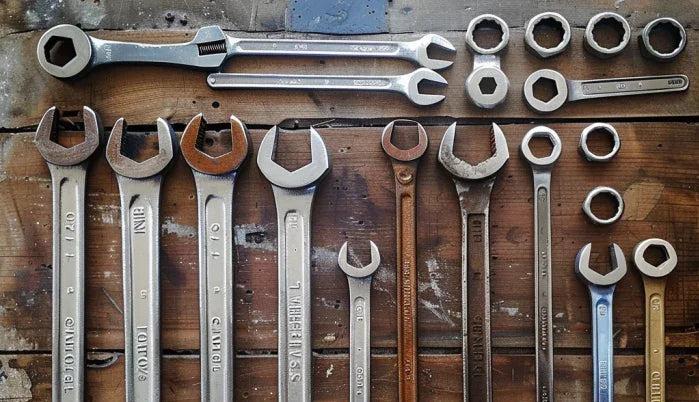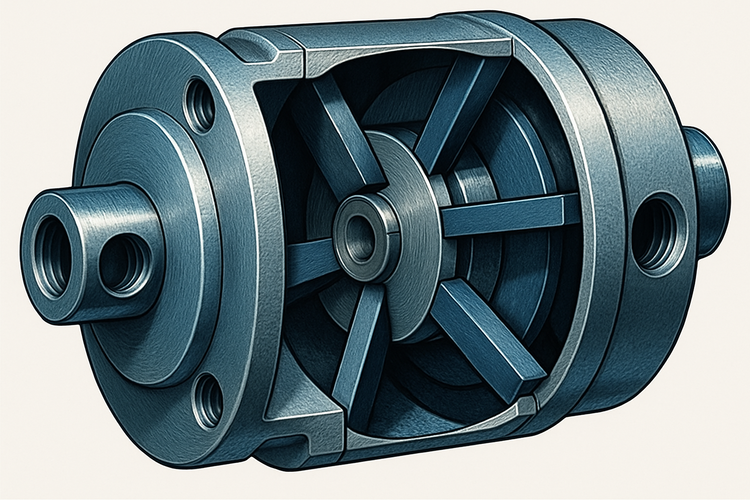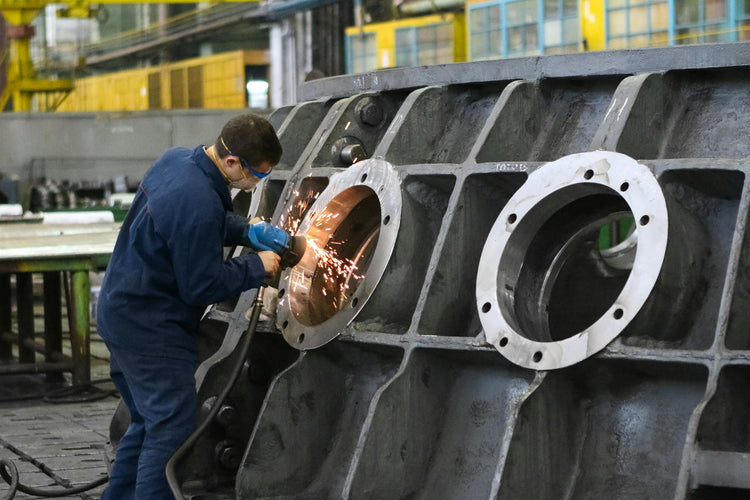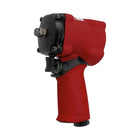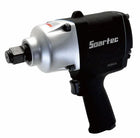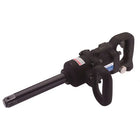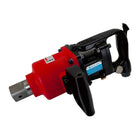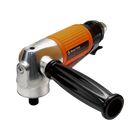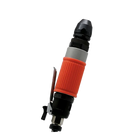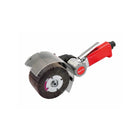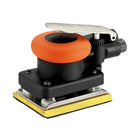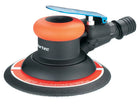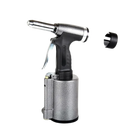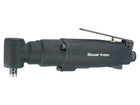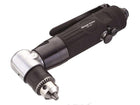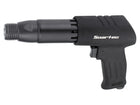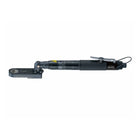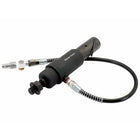Grasping the Fundamentals of Wrench Dimensions
Wrenches, encompassing both standard wrench sizes and metric wrench sizes in order, are vital tools in a mechanic's arsenal, each designed for specific applications and environments. Mastering the wrench size chart metric and standard is essential for selecting the right tool for each task, whether it's vehicle repair or industrial equipment maintenance. By understanding this chart, mechanics can sidestep common errors associated with using incorrect wrench or socket sizes, which may result in equipment damage or safety risks. This section will walk you through the core concepts of wrench sizing, ensuring a robust foundation in wrench identification and compatibility.
Comprehensive Metric Wrench Size Chart for Automotive Professionals
Metric wrench sizes in order, along with their socket wrench counterparts, are widely used globally, especially in automotive tools and machinery sectors. This segment presents a detailed metric wrench size chart, listing dimensions from smallest to largest in millimeters. Access to this information is crucial for mechanics to ensure they're equipped to handle any job efficiently, whether working with nuts and bolts or performing complex repairs. The chart serves as a quick reference tool, enhancing productivity and precision during repairs.
In-Depth Wrench Size Conversion Chart for Vehicle Maintenance
Transitioning between metric and imperial measurements is a common challenge for mechanics, particularly when working on imported vehicles or older models. This section provides a socket conversion chart to help mechanics easily identify equivalent wrench and socket size chart across systems, including 14mm to standard, 18mm to standard, 16mm to standard, and 22mm to standard. Such a resource is invaluable in workshops dealing with diverse vehicle types, enabling swift adjustments without guesswork.
Definitive SAE and Metric Wrench Size Guide for Mechanics
In many repair shops, a solid understanding of both SAE sizes (Standard American Equivalent) and metric wrench sizes is crucial. This guide offers a comparative analysis of the two systems, providing insights into their appropriate applications and SAE to metric conversion. For mechanics, this knowledge ensures preparedness for any task, highlighting key differences in tolerance and fit between the systems, which can influence wrench conversion, selection, and usage.
Extensive Wrench Size Chart Metric and Standard for professional use
Professional mechanics often encounter complex tasks requiring precise tooling. This section presents a comprehensive standard wrench sizes chart that includes not only dimensions but also detailed applications for each wrench, from combination wrench to open-ended wrench and box end wrench. This information enriches a mechanic's understanding and aids in selecting the ideal wrench for critical tasks, thereby ensuring high-quality work and customer satisfaction, whether using a ratchet wrench or a complete wrench set.
Metric Wrench Sizes (mm)
| Wrench Size (mm) | Typical Use (Bolt Size - mm) |
| 6 mm | M3.5 |
| 7 mm | M4 |
| 8 mm | M5 |
| 9 mm | M5 |
| 10 mm | M6 |
| 11 mm | M7 |
| 12 mm | M8 |
| 13 mm | M8 |
| 14 mm | M10 |
| 15 mm | M10 |
| 16 mm | M10 |
| 17 mm | M12 |
| 18 mm | M12 |
| 19 mm | M12 |
| 20 mm | M14 |
| 21 mm | M14 |
| 22 mm | M14 |
| 23 mm | M16 |
| 24 mm | M16 |
| 25 mm | M16 |
Imperial Wrench Sizes (inches)
| Wrench Size (inches) | Typical Use (Bolt Size - inches) |
| 1/4" | 1/16" |
| 5/16" | 3/16" |
| 3/8" | 1/4" |
| 7/16" | 5/16" |
| 1/2" | 3/8" |
| 9/16" | 7/16" |
| 5/8" | 1/2" |
| 11/16" | 9/16" |
| 3/4" | 5/8" |
| 13/16" | 11/16" |
| 7/8" | 3/4" |
| 15/16" | 7/8" |
| 1" | 7/8" |
| 1 1/16" | 1" |
| 1 1/8" | 1" |
| 1 1/4" | 1 1/8" |
| 1 5/16" | 1 1/8" |
| 1 3/8" | 1 1/4" |
| 1 7/16" | 1 1/4" |
| 1 1/2" | 1 3/8" |
Optimizing Wrench Selection for Mechanical Excellence
Mastering the wrench size chart metric and standard is crucial, but true expertise lies in its practical application. This section offers insights into effectively utilizing the chart, considering factors like wrench flats and torque dynamics. These tips aim to streamline your workflow, boosting repair efficiency and precision, whether you're a professional mechanic or a DIY enthusiast with a well-organized tool kit.
Precision Tool Selection in Mechanical Operations
This comprehensive guide delves into specific mechanical scenarios where choosing the correct wrench size, including socket wrench sizes in order for fasteners, is paramount. It presents real-world examples and expert recommendations for common mechanical challenges, such as determining the one size bigger than 1/2 inch wrench or the next size up from 3/8. The goal is to equip mechanics with the knowledge to make swift, informed decisions, thereby minimizing downtime and maximizing workshop productivity. Understanding these nuances elevates a mechanic's skill set, ensuring optimal tool usage across various repair tasks, from standard tool sizes to specialized automotive tools. With a firm grasp on wrench measurement and a handy socket size chart pdf, mechanics can tackle any project with confidence, whether working on a car or assembling a DIY tools project.
Best wrench size chart metric and standard for Beginner
For beginners, the array of tools available, including allen wrenches and socket sets, can be overwhelming. This part of the article focuses on demystifying wrench size charts for novices, highlighting the essential sizes and types to start with. It offers guidance on building a foundational toolkit that will serve well across a range of basic tasks, providing tips on how to gradually expand your tool collection.
Wrench Size Chart and Compatibility Guide for Automotive Tools
Ensuring compatibility between your wrenches and sockets and the bolts or nuts you're working on is crucial for preventing tool and hardware damage. This guide delves deep into how to select wrenches that fit perfectly, thus maintaining high safety standards and ensuring job efficiency. By choosing the correct size and type of wrench, mechanics can avoid slippage and wear, which often lead to accidents or damaged components.
Air Impact Wrenches: A Game-Changer for Fastening Tasks
What Is an Air Impact Wrench?
An air impact wrench is a powerful pneumatic tool that delivers high torque output with minimal user effort. It is commonly used in automotive repair, heavy equipment maintenance, and industrial assembly lines, making it an essential tool for professionals and DIY enthusiasts alike.
Why Wrench Size Matters for Air Impact Wrenches
Using the correct socket size is critical when operating an air impact wrench. Unlike hand wrenches, impact wrenches exert significant rotational force, which requires sockets specifically designed to withstand high torque. Regular sockets can crack under pressure, so always use impact-rated sockets.
Socket Size Guide for Air Impact Wrenches
To help you choose the right socket for your air impact wrench, here is a reference chart:
| Bolt Size | Metric Socket | SAE Socket |
| 6mm | 10mm | 3/8" |
| 8mm | 12mm | 7/16" |
| 10mm | 14mm | 9/16" |
| 12mm | 17mm | 5/8" |
| 14mm | 19mm | 3/4" |
| 16mm | 22mm | 7/8" |
| 18mm | 24mm | 15/16" |
| 20mm | 27mm | 1" |
Applications of Air Impact Wrenches
1. Automotive Repairs

Air impact wrenches are a staple in automotive shops, where they are used for tasks such as removing and tightening lug nuts on wheels, suspension work, and engine repairs.
2. Construction and Industrial Work
These tools are essential for assembling large structures, working on heavy machinery, and securing bolts in steel frameworks.
3. Home Garage and DIY Projects
For enthusiasts working on personal vehicle maintenance or home improvement projects, an air impact wrench can significantly reduce effort and time.
Safety Considerations When Using Air Impact Wrenches
- Always Use Impact Sockets – Standard sockets can shatter under high torque.
- Secure the Workpiece – Ensure the bolt or nut is properly positioned before applying force.
- Wear Safety Gear – Eye protection and gloves can prevent injuries from flying debris.
- Proper Lubrication – Regular maintenance, such as adding air tool oil, ensures smooth operation and extends tool lifespan.
Read Top 5 Pneumatic Tool Safety Tips
Soartec Tools: Where Precision Meets Power.
Choosing the right wrench size, whether metric or standard, is crucial for any fastening job. However, when dealing with high-torque applications, an air impact wrench can make tasks significantly easier and more efficient. By using the correct impact-rated sockets and following best practices, you can maximize performance while ensuring safety.
Whether you're a professional mechanic, an industrial worker, or a DIY enthusiast, investing in an air impact wrench and understanding proper wrench sizes will help you complete projects with precision and power.
Learn More about Soartec® Tools

